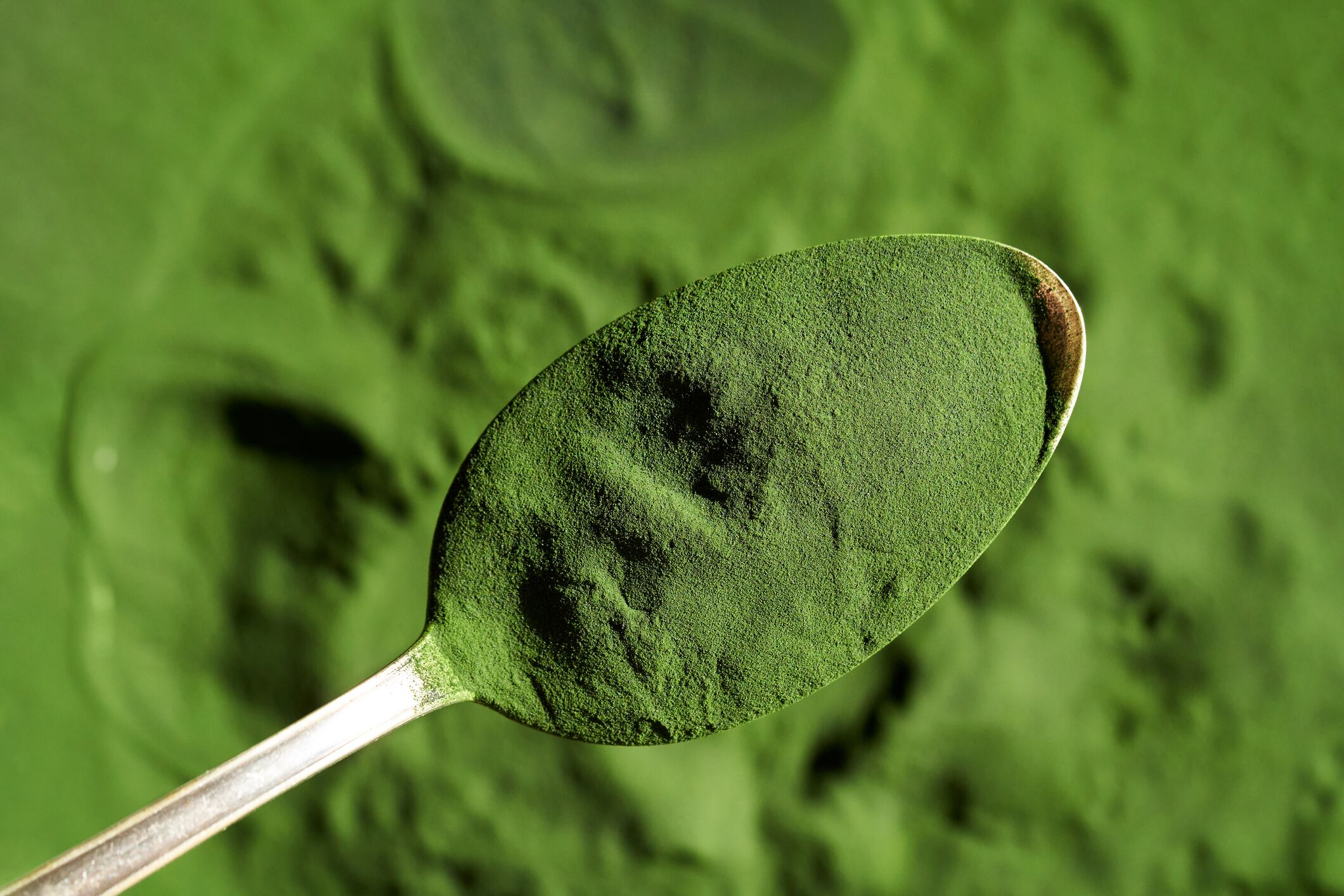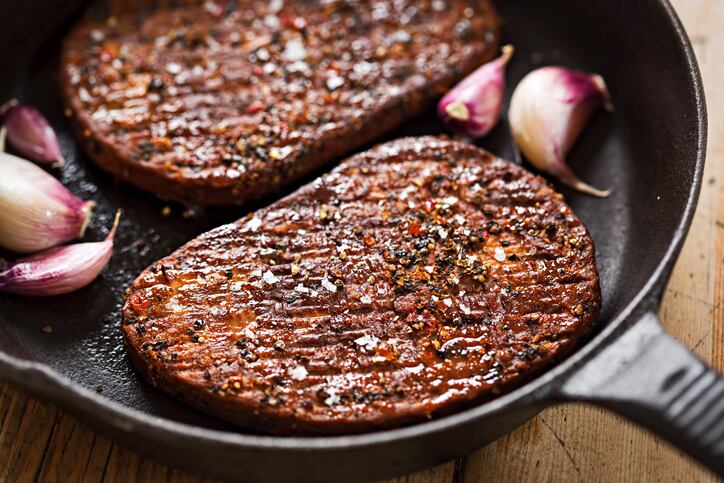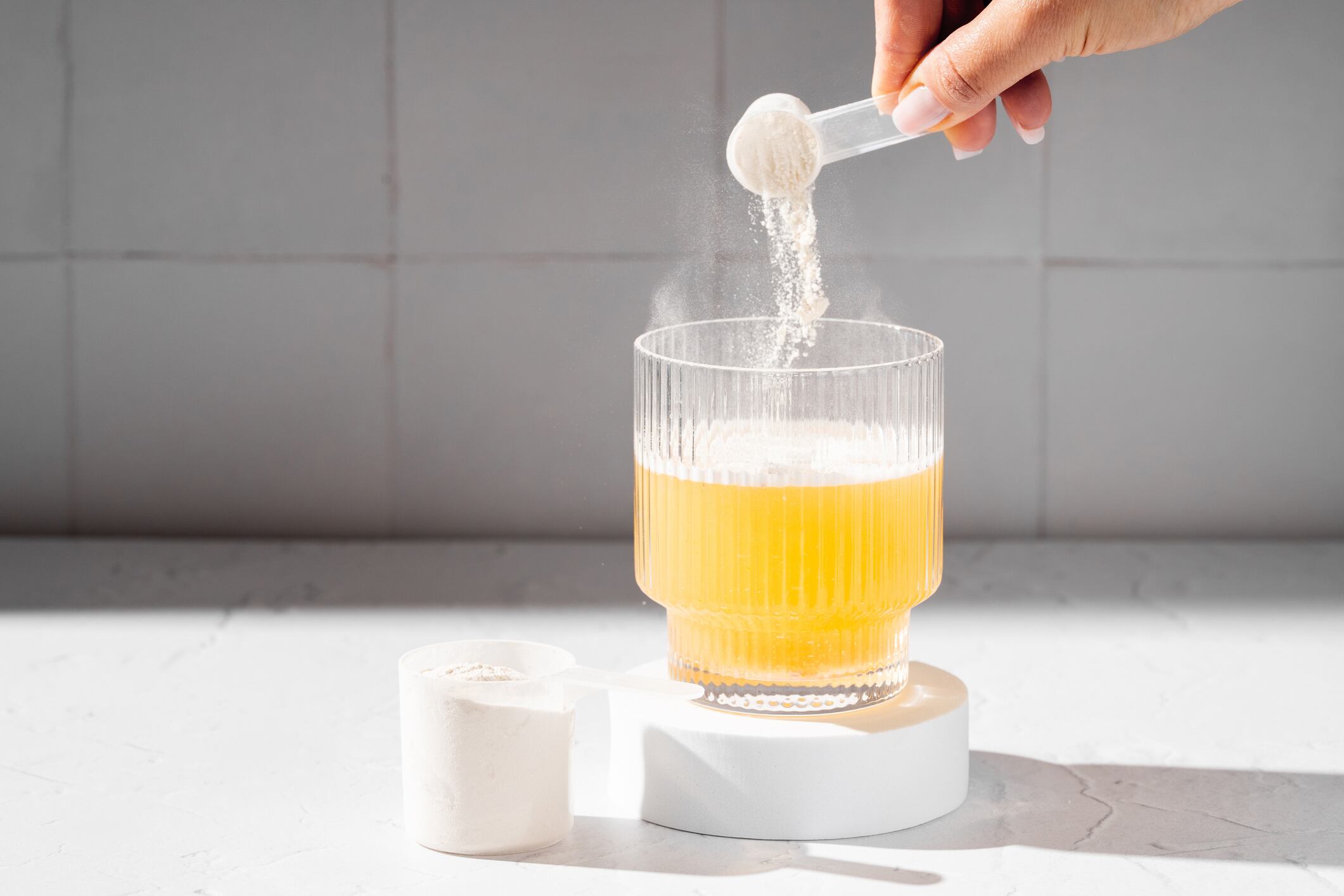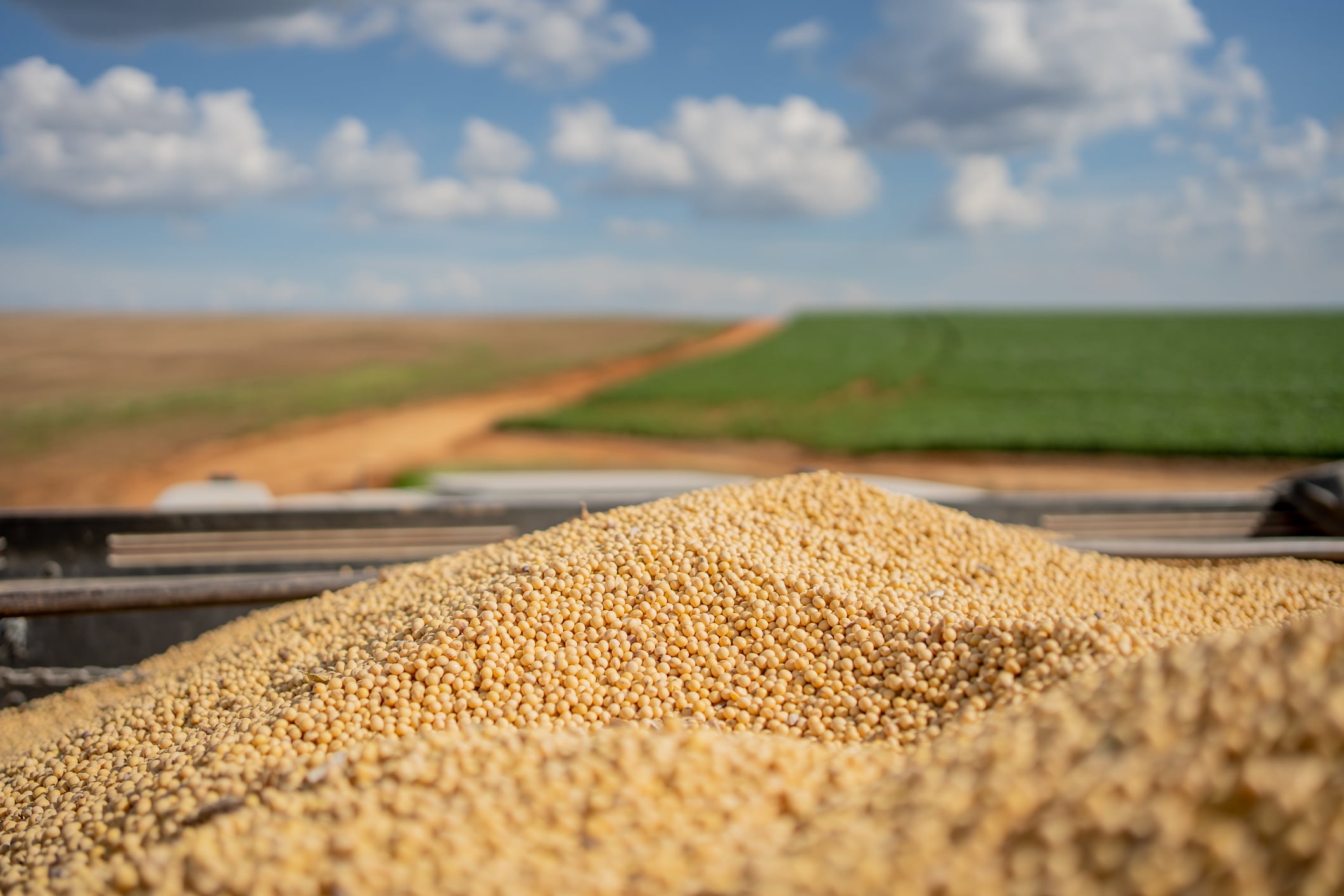The high-protein food and drink trend is booming. Once the domain of bodybuilders and gym-goers, protein-packed products have now hit the mainstream.
The movement shows no signs of slowing. Today, it’s easy to find bars, breakfast cereals, and even bottled water products making the high-protein claim. According to analyst firm Technavio, the high-protein product market will grow $50.2bn (€44.2bn) between 2023 and 2028.
Traditionally, high-protein food and drink makers have leant heavily on whey, a byproduct of the cheese and yogurt-making process. But as consumer demand evolves, innovators are exploring new ingredients to elevate everyday food and drink into functional, protein-rich alternatives.
So, what’s next? Which ingredients will shape the future of the high-protein trend?
1. Microalgae

The thought of munching on microalgae may not be the most appetising. But its sustainable and nutritional credentials could help sway the consumer. Both are impressive.
Microalgae can boast up to 70% protein and contain all 20 essential amino acids. In a win-win for the planet, they require less land and water than conventional protein sources.
So what are microalgae exactly? And how are they being used in food and drink?
Microalgae are single-cell photosynthetic microorganisms that grow in fresh or salty water. They produce biomass with a high protein content, sometimes significantly higher than that of soy, milk, meat, and yeast.
In the food industry, microalgae (notably spirulina and chlorella) have been used to fortify a wide range of products, from pasta to ice cream, cheese and drinks. According to Fact.MR, the global market for microalgae-based products (which includes food, feed, and cosmetics) is valued at around $4.9bn (€4.35bn), and expected to reach $9.1bn by the end of 2032.
And microalgae are not the only water-borne source of protein hiding in plain sight. Macroalgae, commonly known as seaweed, are also high in protein. On a dry weight basis, seaweeds contain about as much protein as meat, egg, soybean and milk.
Seaweeds have been used in wine, instant soup, soft cheese, and sausages to boost their nutritional value.
2. Mycoprotein

Mycoprotein comes from the fungi kingdom. The protein is made when mycelia - the root-like structure from which fungi grow - is fermented. Under these conditions, the mycelia produce a protein-rich biomass, from which mycoprotein can be harvested.
Key attributes include its umami taste, nutritional profile (mycoprotein is typically 45% protein and 25% fibre), and low carbon footprint compared to animal protein.
Quorn is the best-known player in the mycoprotein space, but its parent company Marlow Foods has been struggling as demand for meat alternatives wanes.
Still, innovation in mycelia strains and mycoprotein continues, with younger start-ups leveraging fungi in different ways. Sweden-headquartered Millow, for example, is developing what it claims is a “completely new” type of protein made from mycoprotein and oats.
Globally, the mycoprotein market continues to grow, with Future Market Insights predicting the $7.2bn market to grow to $13.8bn over the coming decade.
3. Collagen

From protein bars to bottled water, collagen is pumping protein into everyday products.
According to Grand View Research analysts, the global collagen market is worth $9.9bn (€8.7bn) and predicted to grow at a CAGR of 11.3% over the next five years.
Traditionally a big player in the nutraceuticals space for its benefits to skin, hair, nails, joints, bones and muscle recovery, it’s now becoming a popular addition to functional food and drink.
Collagen can already be found in granola, crisps, cookies, frozen desserts and chocolate bars on the market, and data platform Tastewise suggests more opportunities exist for the industry. Think collagen kefir, collagen nut butter, and collagen olive oil.
“Collagen is more than a trend, it’s a category undergoing active evolution, expanding into emotional wellness, playful flavours, and multifunctional healthy support,” according to Tastewise. “The smartest brands aren’t just following it. They’re shaping it.”
Collagen is sourced from animal flesh, like meat and fish, that contains connective tissue. But animal-free collagen is also turning heads, whether made with plant-based ingredients or cultivated from real animal cells in bioreactors.
4. Duckweed

Until recently, duckweed - otherwise known as water lentils - may not have made this list.
It was only in January of this year that the plant was deemed safe to eat by Europe’s food safety authority. Wolffia, another variety of water lentil, was approved by the Commission in 2021.
Prior to that, duckweed was considered a ‘novel food’, because it isn’t regularly consumed in Europe. It has long been a staple of other countries’ diets, however, such as Thailand.
So what’s so exciting about duckweed?
The plant has impressive nutritional and sustainability profiles. It contains as much as 43% protein and can grow in significant quantities with limited space. Compared to soy, duckweed produces six times as much protein per hectare.
Duckweed has potential in a range of food and drink products, including meat alternatives, soups, stews, and as a replacement for spinach.
5. Soy and pea protein

Like whey, other traditional sources of protein deserve a mention here. Are soy and pea protein, like whey, propelling the high-protein trend? Absolutely.
Along with whey, soy and pea protein dominate the protein powder market. They’re also used in plant-based meat alternatives, alt dairy, and baked goods.
According to data from IMARC Group, the global soy protein market is expected to grow from €8.8bn to €15.8bn within the coming decade.
The global pea protein market is smaller but still significant: Grand View Research estimates it was worth $2.12bn in 2023 and is expected to grow at a CAGR of 12.1% from 2024 to 2030.
As the market size grows, businesses continue to invest. Just this year ingredients supplier Bunge invested €484m in a new soy protein plant in the US to make soy protein concentrate and textured soy concentrate for customers working in snacking, meat alternatives, and drinks.
Both soy and pea protein have obvious drawbacks, however: off-flavours often described as “bitter” or “earthy”. Manufacturers continue to work on “clean label” ways of masking these aftertastes.



